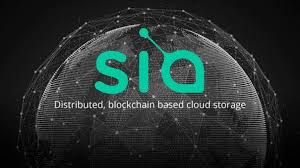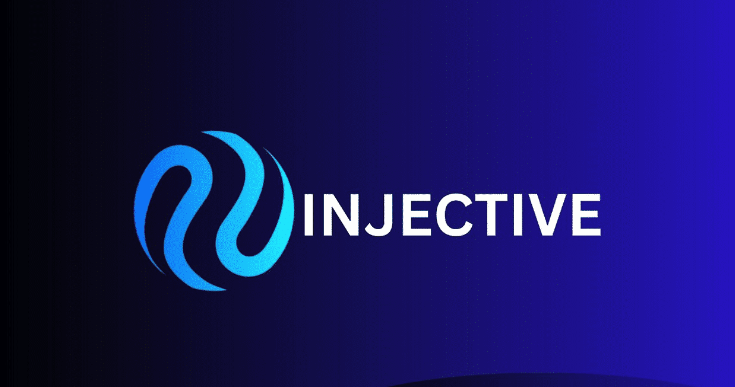Artificial Intelligence and Its Negative Consequences: A Threat to Human Intelligence and the Future of Generations
от ali abidi ·
Опубликовано: 2025-10-02 23:49:49
Artificial Intelligence (AI) has achieved remarkable progress in recent decades, offering undeniable benefits in medicine, education, industry, and daily services. However, alongside these advancements come serious concerns about its negative impact on human intelligence, independent thinking, and the future of younger generations. This article explores these risks and suggests ways to mitigate them.
1. Overdependence and the Erosion of Thinking Skills
One of the most pressing dangers is excessive reliance on AI systems for problem-solving and decision-making. Possible outcomes include:
Decline in critical thinking and analytical reasoning.
Weakening of memory and self-learning skills since answers are instantly available.
Reduced ability to research, write, and develop original ideas.
2. Algorithms and Control of Information
Recommendation systems and search engines decide what content people consume. This can lead to:
Filter bubbles, where individuals are only exposed to ideas that reinforce their beliefs.
Amplification of biased or false information, as algorithms may prioritize engagement over truth.
Corporate or political control over youth interests and behaviors through targeted content.
3. Decline in Creativity and Practical Skills
AI tools that generate texts, design graphics, or even code applications may reduce the need for certain human skills:
Fewer opportunities for young people to practice creativity and problem-solving.
A generation skilled at using tools, but lacking deeper understanding of concepts and methods.
4. Automation, Job Loss, and Psychological Impact
Automation threatens to replace many traditional jobs, leading to:
Disappearance of mid-skill jobs and widening of economic inequality.
Psychological consequences such as loss of confidence, fear of the future, and a sense of uselessness among affected workers.
5. Psychological Manipulation and Targeting of Younger Generations
AI-driven behavioral analysis and personalized advertising can have profound effects:
Shaping consumer habits and behaviors at an early age.
Reducing children’s ability to engage in imaginative play and independent thinking due to excessive reliance on digital learning tools.
6. The Risk of Creating “Non-Thinking Generations”
Your phrase — “a group unable to think or produce” — highlights a very real danger. While not immediate, this scenario becomes possible if:
Education systems depend entirely on automated solutions.
Critical thinking and creativity are neglected in curricula.
Social and economic policies fail to prioritize human skills.
7. How to Confront These Risks: Practical Measures
To prevent AI from diminishing human potential, a balanced and responsible approach is necessary:
Reform education: Place critical thinking, creativity, and problem-solving at the center of curricula.
Regulate usage: Enforce transparency in algorithms and limit manipulative targeting, especially of children.
Promote uniquely human work: Encourage innovation, empathy, and leadership—skills machines cannot replicate.
Design supportive tools: Create AI systems that assist learning rather than replace human effort.
Reskill workers: Provide training for jobs in evolving markets.
Raise digital awareness: Teach society how to identify bias, evaluate sources, and resist overreliance on algorithms.
Conclusion
AI is a powerful tool that can serve humanity, but left unchecked, it risks weakening human intelligence and shaping passive, dependent generations. The solution is neither blind rejection nor unconditional acceptance—it is conscious, responsible use that restores human creativity and critical thinking to the center of progress.
1. Overdependence and the Erosion of Thinking Skills
One of the most pressing dangers is excessive reliance on AI systems for problem-solving and decision-making. Possible outcomes include:
Decline in critical thinking and analytical reasoning.
Weakening of memory and self-learning skills since answers are instantly available.
Reduced ability to research, write, and develop original ideas.
2. Algorithms and Control of Information
Recommendation systems and search engines decide what content people consume. This can lead to:
Filter bubbles, where individuals are only exposed to ideas that reinforce their beliefs.
Amplification of biased or false information, as algorithms may prioritize engagement over truth.
Corporate or political control over youth interests and behaviors through targeted content.
3. Decline in Creativity and Practical Skills
AI tools that generate texts, design graphics, or even code applications may reduce the need for certain human skills:
Fewer opportunities for young people to practice creativity and problem-solving.
A generation skilled at using tools, but lacking deeper understanding of concepts and methods.
4. Automation, Job Loss, and Psychological Impact
Automation threatens to replace many traditional jobs, leading to:
Disappearance of mid-skill jobs and widening of economic inequality.
Psychological consequences such as loss of confidence, fear of the future, and a sense of uselessness among affected workers.
5. Psychological Manipulation and Targeting of Younger Generations
AI-driven behavioral analysis and personalized advertising can have profound effects:
Shaping consumer habits and behaviors at an early age.
Reducing children’s ability to engage in imaginative play and independent thinking due to excessive reliance on digital learning tools.
6. The Risk of Creating “Non-Thinking Generations”
Your phrase — “a group unable to think or produce” — highlights a very real danger. While not immediate, this scenario becomes possible if:
Education systems depend entirely on automated solutions.
Critical thinking and creativity are neglected in curricula.
Social and economic policies fail to prioritize human skills.
7. How to Confront These Risks: Practical Measures
To prevent AI from diminishing human potential, a balanced and responsible approach is necessary:
Reform education: Place critical thinking, creativity, and problem-solving at the center of curricula.
Regulate usage: Enforce transparency in algorithms and limit manipulative targeting, especially of children.
Promote uniquely human work: Encourage innovation, empathy, and leadership—skills machines cannot replicate.
Design supportive tools: Create AI systems that assist learning rather than replace human effort.
Reskill workers: Provide training for jobs in evolving markets.
Raise digital awareness: Teach society how to identify bias, evaluate sources, and resist overreliance on algorithms.
Conclusion
AI is a powerful tool that can serve humanity, but left unchecked, it risks weakening human intelligence and shaping passive, dependent generations. The solution is neither blind rejection nor unconditional acceptance—it is conscious, responsible use that restores human creativity and critical thinking to the center of progress.





